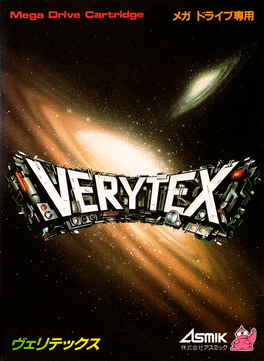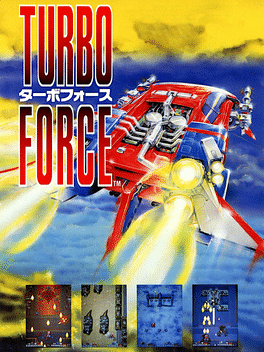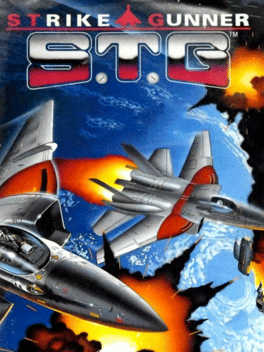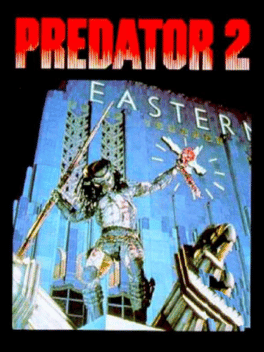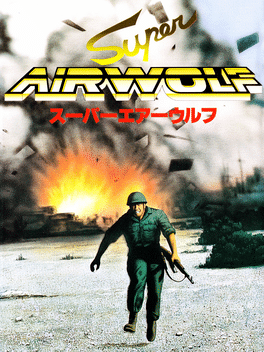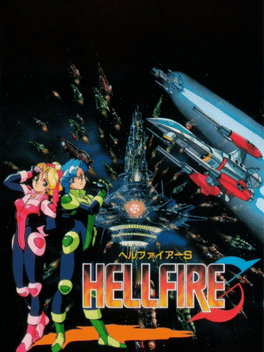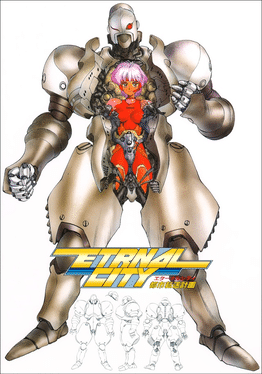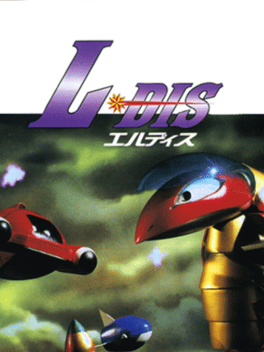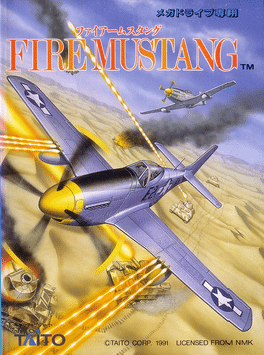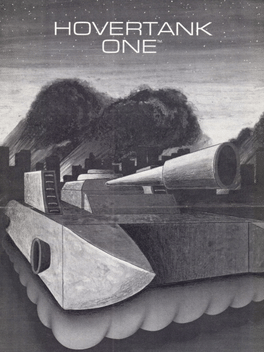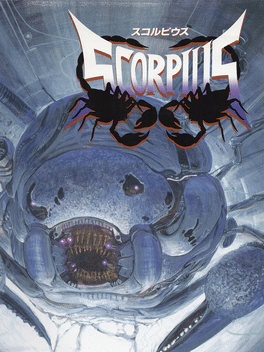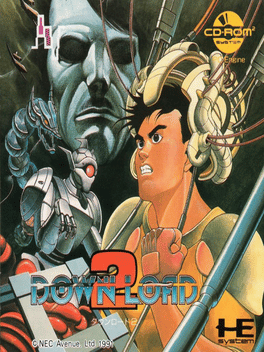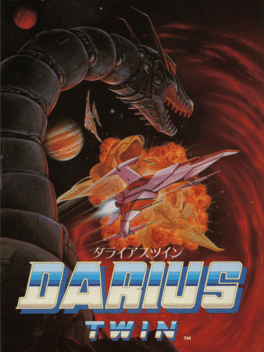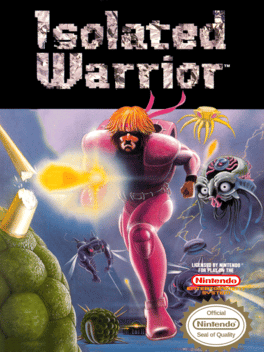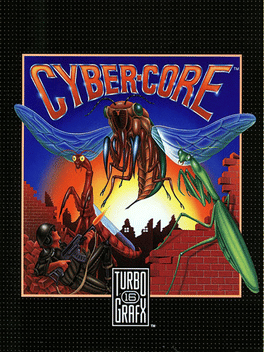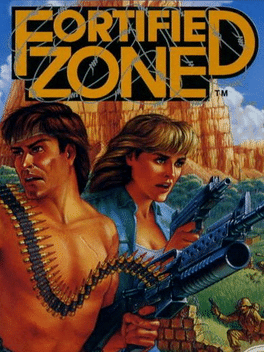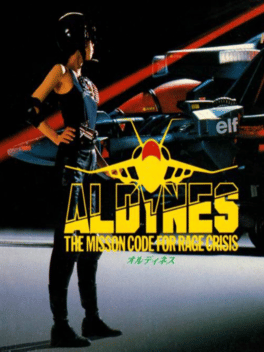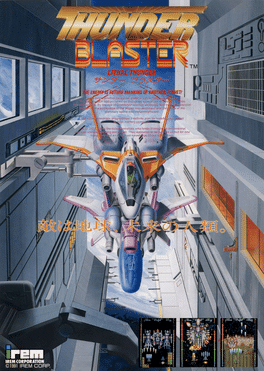New Wii Games - Page 422
-
Phalanx
1991
Phalanx
1991
Sharp X68000 Super Nintendo Entertainment System Wii PC (Microsoft Windows) Game Boy Advance Super Famicomstar 7.9A futuristic shooter, Phalanx is the name of the prototype starfighter flown by Wink Baufield, a genetically enhanced pilot. It is sent to protect and reclaim Delia IV, a planet in the Andromeda galaxy, which has been colonized by humans for interstellar research purposes. However, an unknown and powerful alien force has overtaken the planet, the military defenses have been completely overwhelmed, and all hope rests on the Phalanx. You fly through eight levels, first through various locations in Delia IV, and then you invade the aliens themselves. Like most shooters, you can upgrade your weapons by picking up bonus items dropped by enemy craft. -
Verytex
1991
Verytex
1991
Verytex is a shoot-'em-up game released exclusively in Japan. Taking place on the colonized fictional planet of Syracuse in a futuristic sci-fi setting, where its military force initiated a violent coup d'état against the inhabitants for unknown reasons, players take control of the titular space fighter craft in an attempt to overthrow the enemies, protect civilization and discover the true cause for the rebellion. -
Turbo Force
1991
Turbo Force
1991
Turbo Force is even more of a direct predecessor to Sonic Wings than is Rabio Lepus: Turbo Force. The story is that an American Air Force pilot, while racing his car on a public road, wanders into another mysterious dimension and gets caught up in a war there. -
S.T.G: Strike Gunner
1991
S.T.G: Strike Gunner
1991
Strike Gunner S.T.G is an Action game, developed by Athena and published by Tecmo, which was released in 1991. A vertically scrolling shooter. -
Predator 2
1991
Predator 2
1991
The game is a crosshair shooter influenced by Operation Wolf. The viewpoint is from slightly behind Harrington, while the game scrolls on as you clear each section. Mouse control is offered on 16-bit versions. Your armour must be kept functional by collecting top-ups, and there are weapon power-ups such as machine guns and rocket launchers to be had. You can't go in all-guns-blazing however, as killing a single innocent causes Harrington to lose his job. -
Super Airwolf
1991
Super Airwolf
1991
Super Airwolf is a 1991 shoot-'em-up for the Sega Mega Drive by A.I and Kyugo to tie into Universal Pictures's Airwolf television series and as a sequel to their 1987 arcade game Airwolf. However in the United States, they dropped the license and published the game as Cross Fire for reasons unknown. -
Hellfire S
1991
Hellfire S
1991
Hellfire S is a Shoot-'Em-Up game, developed by Bits Laboratory and published by NEC International, which was released in Japan in 1991. -
Toshi Tensou Keikaku: Eternal City
1991
Toshi Tensou Keikaku: Eternal City is an Action game, published by Naxat Soft, which was released in Japan in 1991. -
L-Dis
1991
L-Dis
1991
L-Dis is an Action game, developed by Dual and published by NCS, which was released in Japan in 1991. -
Fire Mustang
1991
Fire Mustang
1991
The game is a very standard horizontal scrolling shoot em' up with only one type of available weapon and a bomb weapon. Players took on a fictional campaign in a World War II setting as a USAAF fighter pilot in a titular P-51 Mustang against the Nazi Luftwaffe and the Imperial Japanese Navy Air Service. -
Hovertank 3D
1991
Hovertank 3D
1991
One of the first games of iD Software. Sometimes it's claimed to be the first FPS or even first 3D game for DOS. The game used the same combination of scaled sprites and drawn walls that would later show up in Catacomb 3D and Wolfenstein 3D, but the walls in it are solid colors with no textures. -
Scorpius
1991
-
Down Load 2
1991
Down Load 2
1991
In this sequel to Down Load, the player once again takes control of Syd, a young "cyber diver" - a highly trained agent who is able to infiltrate the "cyber world", a virtual reality network that has replaced real life for so many humans in this grim futuristic scenario of the end of the 21st century. This time, Syd is up against an even bigger menace: a terrorist organization that has taken possession of Adolf Hitler's brain, in order to re-create it in a digital form, thus reviving one of the most vile and insane dictators in human history! -
Darius Twin
1991
Darius Twin
1991
star 6Darius Twin is a shoot 'em up video game released for the Super NES in 1991. It was the first new installment in the Darius series to not be originally designed for the arcades, and also the first to have a normal 4:3 screen-ratio. Interestingly, while it's a unique game in the Darius series, it appears to reuse sprites and background designs from Darius and Darius II. Also, while the names of the bosses are new, they really are reworkings of previous bosses for the most part. -
Isolated Warrior
1991
Isolated Warrior
1991
They're coming to your town! Isolated Warrior is a high-speed, uniquely developed game based on a 3-D concept that features over 40 types of enemy creatures, realistic graphics and explosive sound effects! Become Max Maverick, a lone warrior, who must defeat the awesome creatures that attack his highly civilized planet! -
Cyber-Core
1991
Cyber-Core
1991
Cyber-core is a vertically scrolling shooter in which the player fights insects. The basic idea is traditional: shooting everything before they can shoot/touch the player: after three hits the chitin armor breaks and a life is lost. Besides flying enemies which are disposed of with the standard gun, the player also has to deal with enemies on the ground which need to be hit with one of the unlimited bomb. The player has the choice between four insect forms which are changed by collecting the associated extra symbols. Collecting more of the same symbol upgrades the insect, but this also rises the difficulty level. Other extras include smart bombs, extra lives, armor refreshments or a protection shield. The game features the possibility to turn on rapid fire or to slow down the speed as well as big boss enemies at the end and within the levels. -
Fortified Zone
1991
-
Aldynes: The Mission Code for Rage Crisis
1991
Aldynes: The Mission Code for Rage Crisis, is a horizontal scrolling shoot 'em up game developed by Produce and released in July 22, 1991 for the SuperGrafx only for Japan. The game has a unique option-based combat and features levels with large scaling effects or parallax scrolling effects. Nearing the year 2020, the societies of mankind fall into global depression just as an alien invasion suddenly comes down on Earth; coming from a large mechanical planetoid, the aliens attack the Earth without reason or communication. With all defenses annihilated, the United Nations corresponds with NASA to make a powerful space fighter known as The Ortega under project name Aldynes. During that time, a particular space fighter pilot - known only by his call sign Fox-A - was killed in action; his bereaved girlfriend Hiroko soon discovered Project Aldynes and its near complete fighter. As the invaders attack the air force housing Project Aldynes, she hijacks one of the ships and throws herself into battle in hopes of getting h -
Strike Force
1991
Strike Force
1991
Side scrolling action shooter. Shoot the aliens and rescue colonists from various planets. Defeat the alien mothership with the special weapons you collect. -
Lethal Thunder
1991
Lethal Thunder
1991
A simple shoot-em-up with multiple endings based on your performance in each level. Your guns build up power and get stronger as you tap the fire button rapidly, but the power gauge will drain if you stop tapping the button. After charging up enough power, you can press the bomb button for a smart bomb attack which uses up the whole power gauge. With more power it creates a bigger explosion. Power-ups switch your weapon to fire different projectiles, like lasers that spread out at right angles, and a flamethrower that reaches farther with more power.

